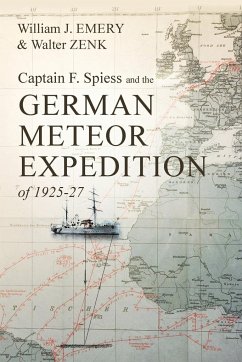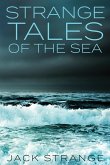Banned from taking naval vessels to foreign ports after WW1 Germany undertakes a comprehensive oceanographic expedition to the Atlantic Ocean to test many new measurement systems and to establish the long term circulation patterns of the Atlantic. Challenged by the proscription on German naval vessels from visiting foreign ports after WW1 a group of German oceanographers from the Institute for Marine Sciences in Berlin carried out a pioneering research expedition from 1925-27 to sample the hydrographic structure of the South Atlantic Ocean. Its captain Fritz Spiess was the primary driving force behind the expedition and the German navy supplied the survey ship Meteor. During this 2.5 year expedition the Meteor scientists tested a great many new measurement systems many of which later became routine oceanographic measurement systems. As a result of their observations the mean circulation pattern of the Atlantic was revealed that has remained valid to this day. People interested in the history of ocean exploration, the history of Earth science and German scientific activity between the World Wars will find this volume to be an intriguing read. Much of the book has been taken from the original cruise report written by Captain Fritz Spiess (1933). In addition, his role has been expanded to demonstrate his essential contribution to the creation of the expedition, its execution and the dissemination of its results upon completion. The present text comments on the captain's life before and after the expedition. In 1934 Fritz Spiess started his second carrier as President of the German Marine Observatory (Deutsche Seewarte) in Hamburg. A great number of so far unpublished documents demonstrate Spiess's ability to run his dignified agency in the turbulent times of Nazi Germany without becoming a Nazi himself. Readers will learn how this first ocean expedition, dedicated to the study of the physics a whole ocean basin, helped to provide the background for modern physical oceanography.








